Living and working in Bangalore and looking for a quiet weekend to refresh and energize you in natural surroundings? Or, you are a nature lover or a biking enthusiast. Whatever the case maybe, we are here to help you out as we have some great Unexplored Cycling Tours for Bangalore


In the course of its 500-year history, Bangalore has been known by many sobriquets. Among its most popular names in the 80s and early 90s was its boast of being India’s Garden City. It earned the name because of its world-renowned, spectacular gardens like Lal Bagh and Cubbon Park. In addition, most old Bangalore neighbourhoods were always planned with a park. But most uniquely, the city’s trees were planted using the distinctive concept of serial blooming. First introduced by the German botanist Gustav Hermann Krumbiegal, who was hired by Maharaja Krishnaraja Wodeyar as the economic botanist of Lal Bagh, the approach planned the trees that lined Bangalore’s avenues so that a new group of trees bloomed at a different time of the year. Chosen from around the world, but mainly from South America, these trees flowered in a serial fashion. So, no matter at what time of the year you visited, Bangalore was always blooming. Today, even while most Bangaloreans believe that the city’s transformation into India’s IT capital has cost it much of its tree cover, Bangalore remains a conspicuously green city. Its trees still bloom in a series throughout the year, but at no time is this more evident than in spring, between the months of March and April. Here are five trees that keep Bangalore India’s garden city.
1. Tabebuia rosea

Sometimes mistakenly associated with Japan’s cassia tree, the Tabebuia rosea is in fact El Salvador’s national tree, where it is better known as “Maquilíshuat”. A common sight in other parts of South America like Costa Rica, the Tabebuia rosea is also found in abundance in Malaysia where it is hailed with converting Kuala Lumpur into a “Sakura paradise”, much like Japan or South Korea. In Bangalore, the Tabebuia rosea blooms in March and April, transforming large parts of the city into a sea of pink.
2. Jacaranda

While the Jacaranda is native to South America, it has grown to be an invasive species, which defines the landscape of cities in Australia and South Africa. Grafton, in New South Wales in Australia is one such city whose landscape is framed by the Jacaranda. But South Africa’s Pretoria so completely owns the tree that it is known as Jakarandastad or Jacaranda City in Afrikaans, where the city routinely turns a royal shade of blue. In Bangalore, the Jacaranda blooms across many of the city’s old avenues between March and May.
3. Tabebuia Argentea
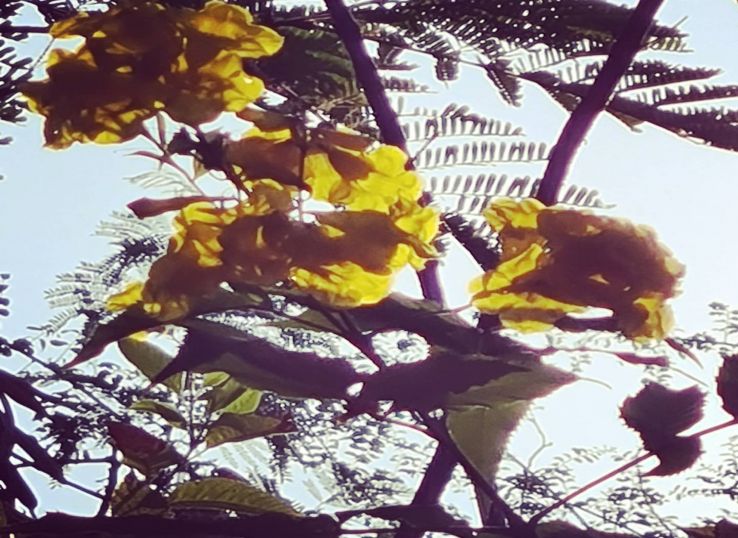
Also known as the Caribbean trumpet tree, the Tabebuia argentea is yet another of Bangalore’s flowering trees native to South America. So, its name could be misleading, as the tree in fact has its home in Brazil, Surinam, Peru, Bolivia, Paraguay, and Argentina. The tree plays a crucial role in conservation efforts in Brazil, as the almost extinct Spix's macaw nests only in the Tabebuia argentea. In Bangalore, it takes off as the Tabebuia rosea begins to dwindle and begins to fully bloom in March.
4. Gulmohar
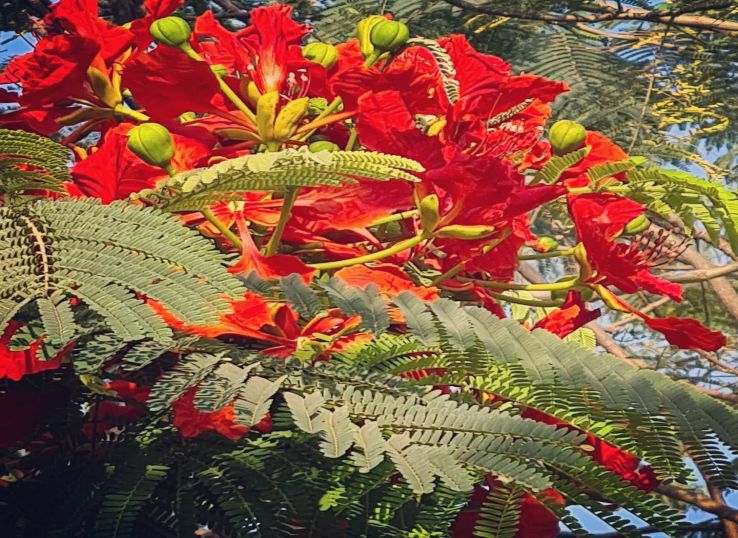
Known for its deep orange flowers, which are reminiscent of the flame of the forest, the Gulmohar is endemic to Madagascar and the Caribbean. However, it has also grown to be a popular tree in South American countries like Brazil, Paraguay, and Peru. It is also known in other countries, including North America, the Mediterranean, Australia, Asia, and the Indian subcontinent. While it is a common enough tree in India, it has become a trademark feature of many roads in central Bangalore, most notably MG Road. While it does begin to bloom in March, the Gulmohar is really seen in all its splendour in April and May.
5. Rain Tree

The rain tree has many other names across the world. But it is most popularly known as Samanea saman, like it is called in its native countries in central and south America. It is from these regions that it was taken to Asia and the Pacific Islands where it flourished. A favourite nesting place for squirrels and birds, most old Bangalore avenues, British era homes, and historic institutions are distinguished by large rain trees in their compound, where flowers accumulate on tiled roofs, slowly taking on a golden-brown hue. In Bangalore, the rain tree begins to bloom in April and May, and then it lingers on into the rest of the year.
Book your Bangalore tour packages at best price with HelloTravel.com & get exciting deals on Bangalore vacation.
Recommended For You
-
 Best Places to Stay During Kumbh 2025: From Tents to Luxury Hotels
Best Places to Stay During Kumbh 2025: From Tents to Luxury Hotels
-
 The Ultimate Guide to Maha Kumbh Mela 2025 at Prayagraj
The Ultimate Guide to Maha Kumbh Mela 2025 at Prayagraj
-
 Understanding the Importance of the Sangam: The Confluence of Faith
Understanding the Importance of the Sangam: The Confluence of Faith
-
 The History and Mythology of Kumbh Mela: A Journey Through Time
The History and Mythology of Kumbh Mela: A Journey Through Time
-
 Best Places to Eat in Goa: Indulge in a Culinary Delight
Best Places to Eat in Goa: Indulge in a Culinary Delight
-
 The Future of Drone Tourism: How Drones are Changing the Travel Industry
The Future of Drone Tourism: How Drones are Changing the Travel Industry
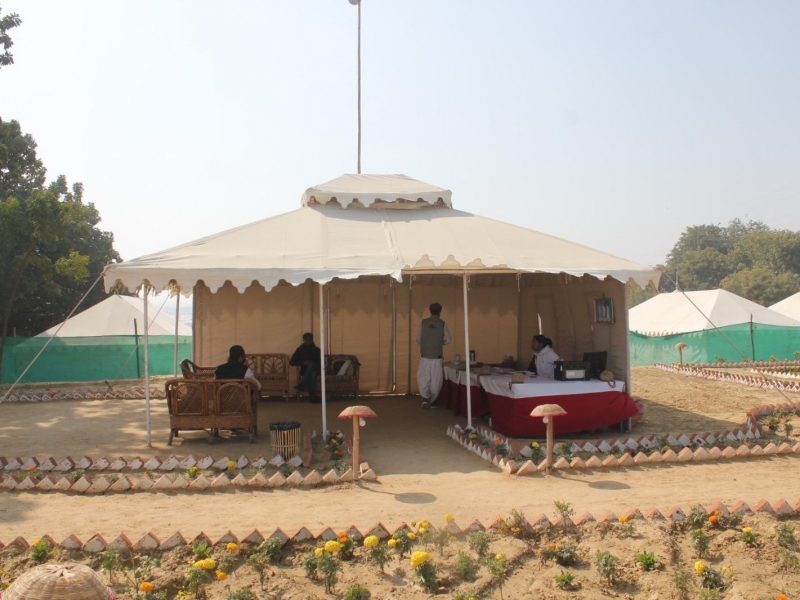
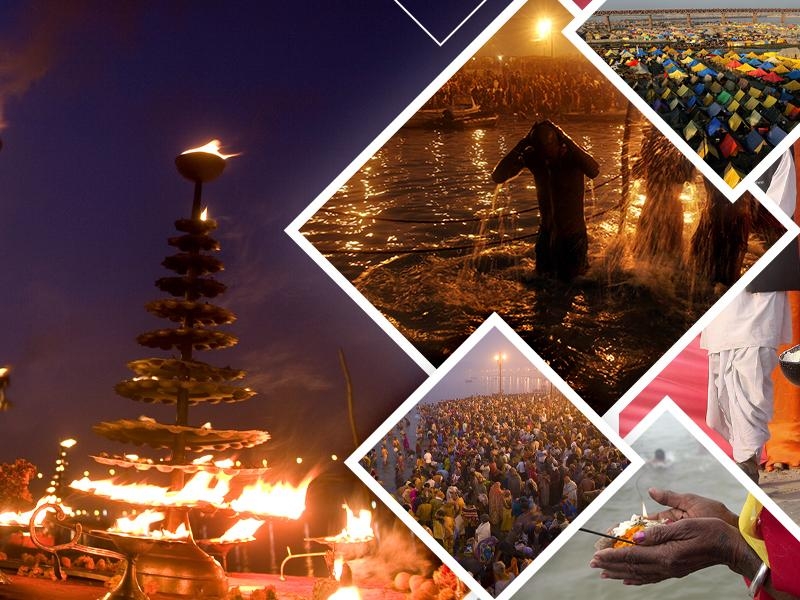
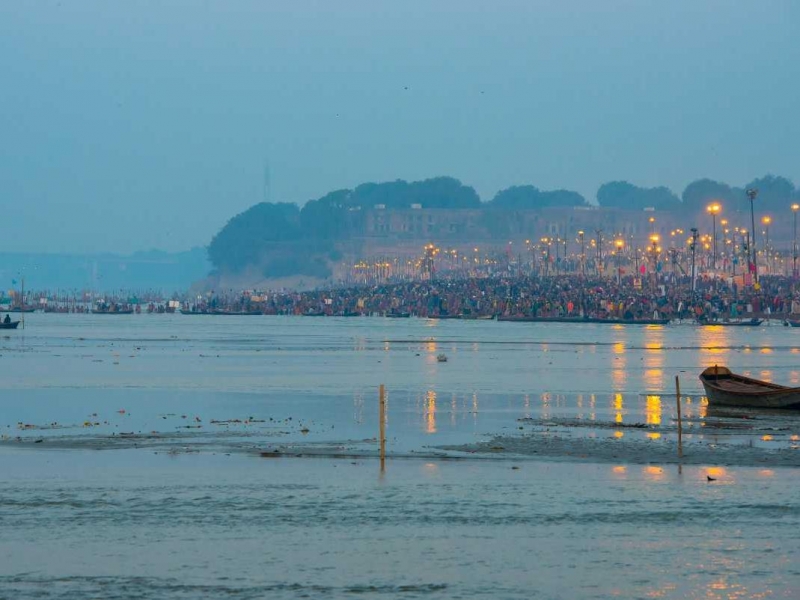
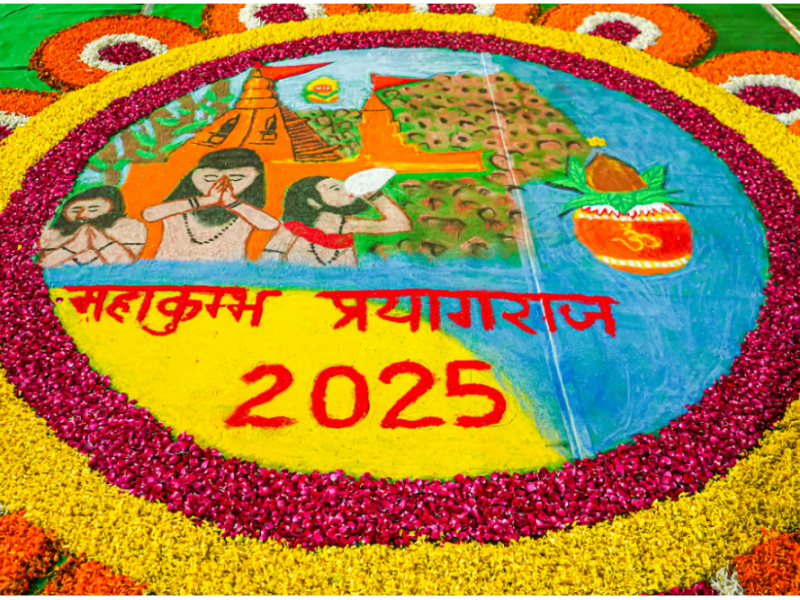



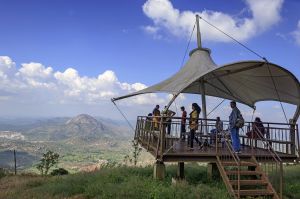
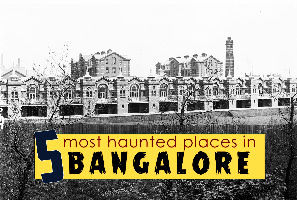


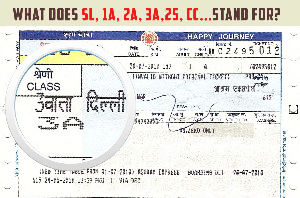






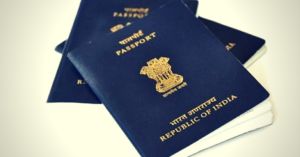

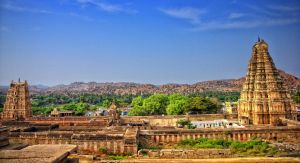
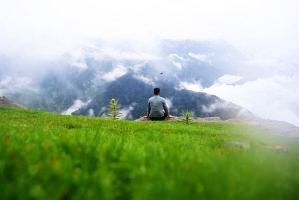


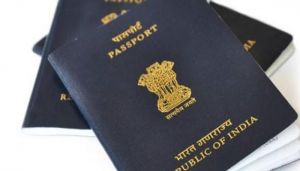
Author Bio